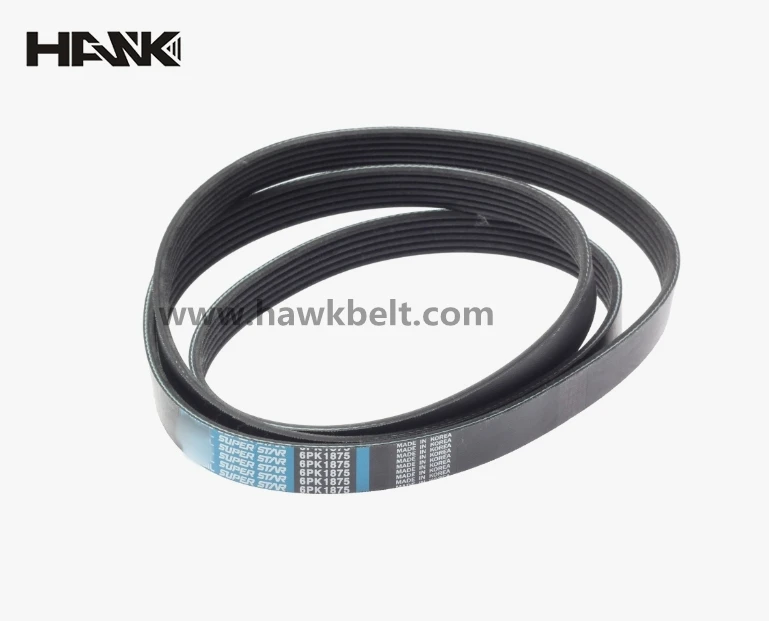- Arabic
- French
- Russian
- Spanish
- Portuguese
- Turkish
- Armenian
- English
- Albanian
- Amharic
- Azerbaijani
- Basque
- Belarusian
- Bengali
- Bosnian
- Bulgarian
- Catalan
- Cebuano
- Corsican
- Croatian
- Czech
- Danish
- Dutch
- Afrikaans
- Esperanto
- Estonian
- Finnish
- Frisian
- Galician
- Georgian
- German
- Greek
- Gujarati
- Haitian Creole
- hausa
- hawaiian
- Hebrew
- Hindi
- Miao
- Hungarian
- Icelandic
- igbo
- Indonesian
- irish
- Italian
- Japanese
- Javanese
- Kannada
- kazakh
- Khmer
- Rwandese
- Korean
- Kurdish
- Kyrgyz
- Lao
- Latin
- Latvian
- Lithuanian
- Luxembourgish
- Macedonian
- Malgashi
- Malay
- Malayalam
- Maltese
- Maori
- Marathi
- Mongolian
- Myanmar
- Nepali
- Norwegian
- Norwegian
- Occitan
- Pashto
- Persian
- Polish
- Punjabi
- Romanian
- Samoan
- Scottish Gaelic
- Serbian
- Sesotho
- Shona
- Sindhi
- Sinhala
- Slovak
- Slovenian
- Somali
- Sundanese
- Swahili
- Swedish
- Tagalog
- Tajik
- Tamil
- Tatar
- Telugu
- Thai
- Turkmen
- Ukrainian
- Urdu
- Uighur
- Uzbek
- Vietnamese
- Welsh
- Bantu
- Yiddish
- Yoruba
- Zulu
Окт . 31, 2024 07:44 Back to list
serpentine belt
Understanding the Serpentine Belt A Vital Component for Your Vehicle
The serpentine belt, often referred to as the multi-vee or serpentine drive belt, is an essential yet often overlooked component in modern vehicles. This belt is a long, continuous loop that plays a critical role in the functioning of various engine accessories. Understanding its purpose, components, and maintenance can save vehicle owners time and money and enhance the performance of their cars.
What is a Serpentine Belt?
Unlike the older models that used multiple different belts to drive various components, serpentine belts are designed as a single belt that winds around several pulleys. This design not only simplifies the engine layout but also reduces the overall weight, enhances efficiency, and lessens the chances of misalignment. The serpentine belt typically controls crucial accessories such as the alternator, power steering pump, water pump, air conditioning compressor, and sometimes the fuel pump.
Signs of Wear and Tear
Like any component of your vehicle, the serpentine belt is subject to wear and tear over time. Regular inspection of the belt can prevent significant issues down the line. Some common signs that your serpentine belt may need replacement include
1. Cracks and Fraying A visual inspection can often reveal cracks, frays, or missing pieces of rubber. If the surface appears worn, it’s likely time for a replacement. 2. Squealing Noise A high-pitched squeal from the engine bay when starting the vehicle or while driving can indicate that the belt is loose or worn.
3. Power Steering Issues If steering becomes heavy or difficult, it could mean the serpentine belt is slipping or has failed entirely.
4. Battery Warning Light Since the alternator relies on the serpentine belt, a malfunctioning belt can result in inadequate battery charging, which may illuminate the battery warning light on your dashboard.
Importance of Maintenance
serpentine belt

Maintaining the serpentine belt is crucial for optimal vehicle performance. Most manufacturers recommend inspecting the belt every 60,000 to 100,000 miles, although this can vary depending on the specific make and model of the vehicle. Replacing the belt at the manufacturer's recommended intervals can prevent unexpected breakdowns and extend the lifespan of connected components.
How to Replace a Serpentine Belt
Although replacing a serpentine belt might seem like a daunting task, many vehicle owners can tackle it with a bit of patience and the right tools. Here’s a simplified overview of the process
1. Safety First Make sure the vehicle is parked on a flat surface, the engine is cold, and you have the necessary tools at hand.
2. Locate the Belt Diagram Most vehicles have a diagram under the hood detailing the routing of the serpentine belt.
3. Loosen the Tensioner Use a wrench or ratchet to relieve tension from the belt tensioner, allowing you to remove the old belt.
4. Install the New Belt Following the diagram, thread the new belt around the pulleys before reapplying tension on the tensioner.
5. Double-Check Ensure the belt is properly seated and aligned before starting the engine.
Conclusion
The serpentine belt is a crucial element of your vehicle's engine system, affecting everything from power steering to air conditioning. Regular inspection and timely replacement can ensure your vehicle remains in peak condition, preventing potential issues and costly repairs. Always consult your vehicle’s manual and consider professional assistance if you are unsure about the installation process. Understanding and maintaining this simple yet vital component can lead to a smoother, more reliable driving experience.
-
Korean Auto Parts Timing Belt 24312-37500 For Hyundai/Kia
NewsMar.07,2025
-
7PK2300 90916-T2024 RIBBED BELT POLY V BELT PK BELT
NewsMar.07,2025
-
Chinese Auto Belt Factory 310-2M-22 For BMW/Mercedes-Benz
NewsMar.07,2025
-
Chinese Auto Belt Factory 310-2M-22 For BMW/Mercedes-Benz
NewsMar.07,2025
-
90916-02660 PK Belt 6PK1680 For Toyota
NewsMar.07,2025
-
drive belt serpentine belt
NewsMar.07,2025

